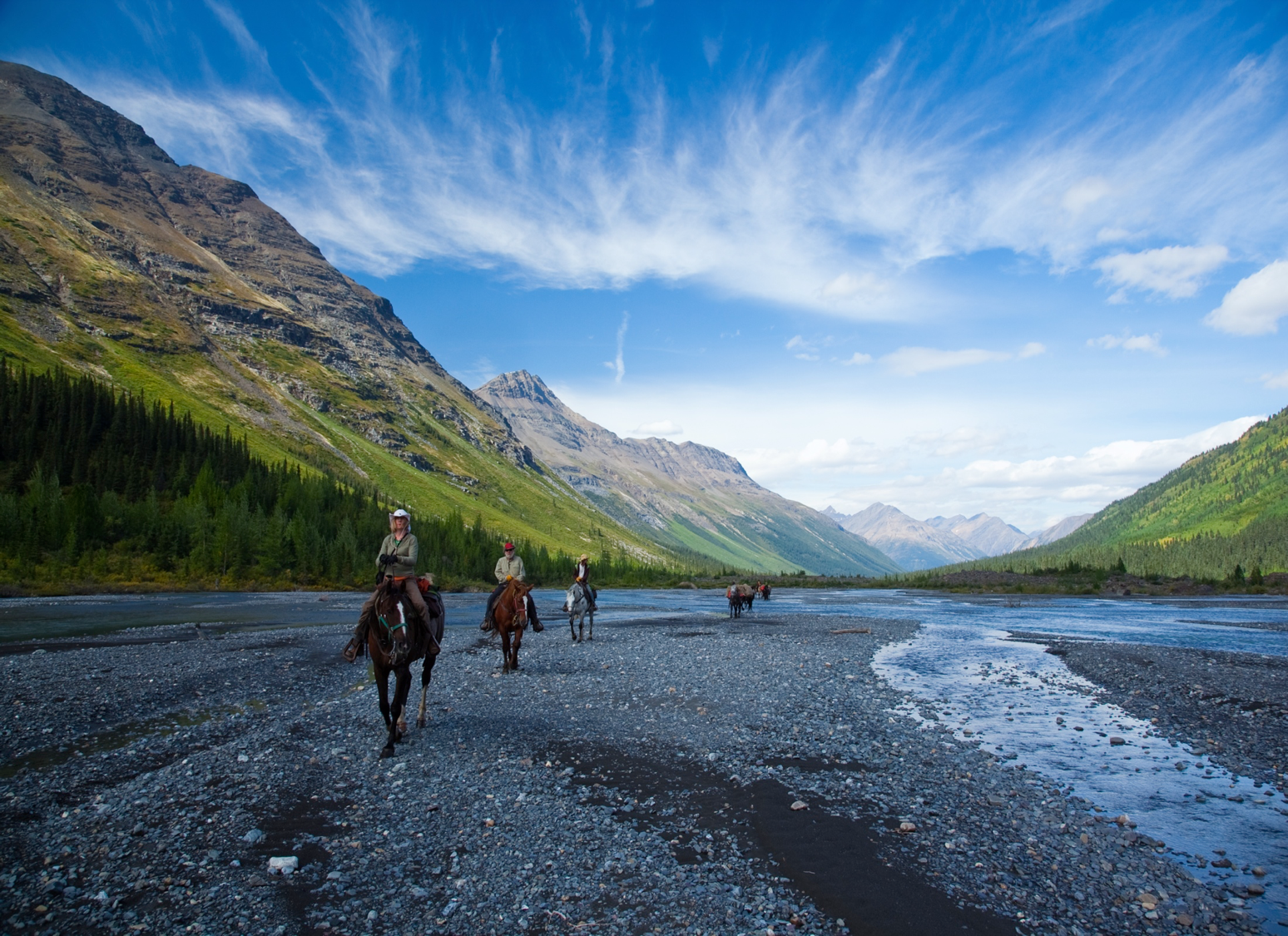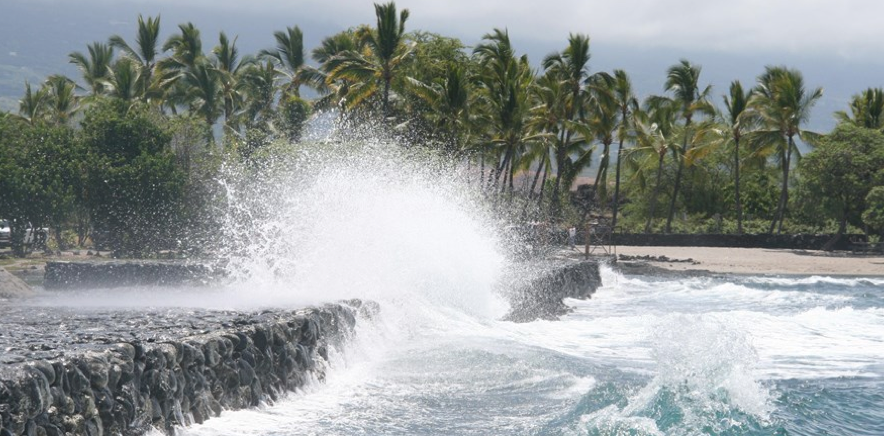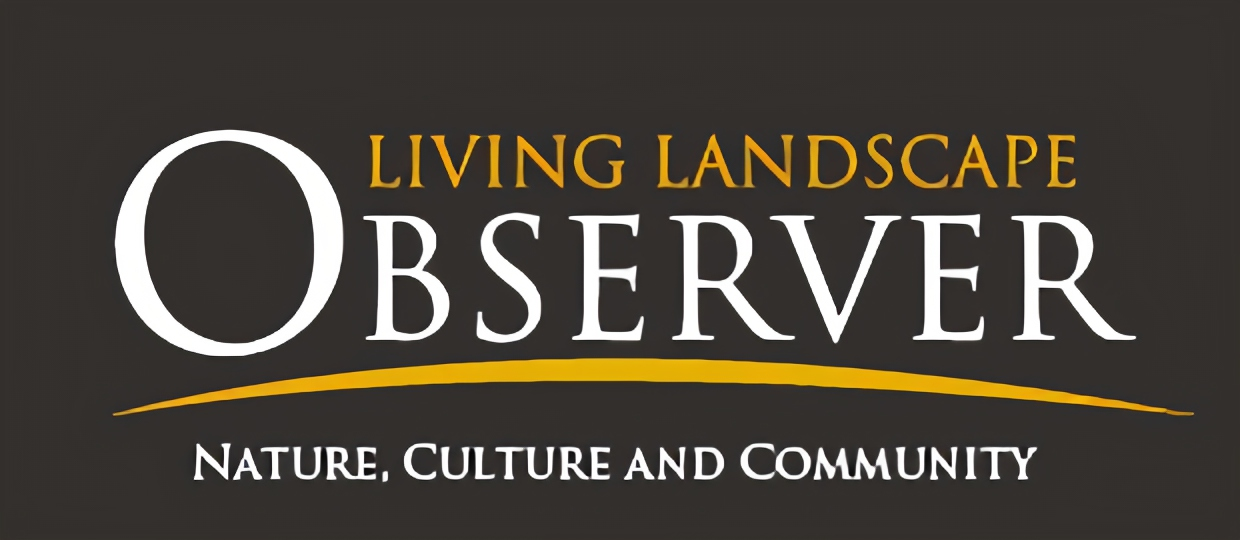To provide observations and information on the emerging fields of landscape scale conservation, heritage preservation, and sustainable community development.
Newsletter
Stay up-to-date with the latest nature, culture and community news.
We won’t spam you or share your information. Newsletters are sent approximately 10 times a year. Unsubscribe at any time.

Introducing the International Land Conservation Network (ILCN)
The need and the recognition of a growing movement inspired the founding of the International Land Conservation Network (ILCN), which is working to connect organizations and people across a broad spectrum of action relating to private and civic land conservation. The ILCN envisions a world in which the public, private, civic (NGO), and academic sectors, together with indigenous communities around the globe, work collaboratively to protect and steward land that is essential for wildlife habitat, clean and abundant water, treasured human historical and cultural amenities, and sustainable food, fiber, and energy production.

The Creation of the Rice Coast: A Global Exchange
Plantations line the coast and tidal rivers in states of Georgia and South Carolina. Today many of these properties are recognized for their historic values and although the region has been impacted by development, its natural resource values have not been neglected. What is not well known is how these pieces – the plantations, the wildlife preserves, and coastal areas fit together.

Back to the Future for National Parks
Could a “back-to-the-future” approach to National Park policy aid the agency in setting goals for the 21st century? Might the 1970s, the era that brought us stagflation and disco hold some clues as to what the future might bring for conservation in the United States?

Parks Without Borders: Valuing NPS Programs
Environmental economists have traditionally focused on the management of physical park units when performing economic valuations. The value NPS creates by operating cooperative programs outside of its park boundaries (including programs aimed at education, conservation, historical preservation, and recreation) through collaboration with local partners is just as relevant albeit more difficult to define.Still, we cannot omit the value that programs provide just because it is harder to quantify.

Recognizing Working Women
The Riverspark State Heritage Area in New York, one of the first in the nation, was designated to interpret the themes of industry and labor. Industry was an easy theme for Riverspark because its industrial history in its cities like Troy, Cohoes and Watervliet and villages like Green Island and Waterford preserved large 19th century industrial structures like the Harmony Mills in Cohoes, the Watervliet Arsenal and the Gurley Building in Troy. In addition, industrial archeologists have done an excellent job identifying and interpreting the 19th century industrial history of the area. The challenge for Riverspark was to interpret the labor theme.

Introducing the International Land Conservation Network (ILCN)
The need and the recognition of a growing movement inspired the founding of the International Land Conservation Network (ILCN), which is working to connect organizations and people across a broad spectrum of action relating to private and civic land conservation. The ILCN envisions a world in which the public, private, civic (NGO), and academic sectors, together with indigenous communities around the globe, work collaboratively to protect and steward land that is essential for wildlife habitat, clean and abundant water, treasured human historical and cultural amenities, and sustainable food, fiber, and energy production.

The Creation of the Rice Coast: A Global Exchange
Plantations line the coast and tidal rivers in states of Georgia and South Carolina. Today many of these properties are recognized for their historic values and although the region has been impacted by development, its natural resource values have not been neglected. What is not well known is how these pieces – the plantations, the wildlife preserves, and coastal areas fit together.

Back to the Future for National Parks
Could a “back-to-the-future” approach to National Park policy aid the agency in setting goals for the 21st century? Might the 1970s, the era that brought us stagflation and disco hold some clues as to what the future might bring for conservation in the United States?

Parks Without Borders: Valuing NPS Programs
Environmental economists have traditionally focused on the management of physical park units when performing economic valuations. The value NPS creates by operating cooperative programs outside of its park boundaries (including programs aimed at education, conservation, historical preservation, and recreation) through collaboration with local partners is just as relevant albeit more difficult to define.Still, we cannot omit the value that programs provide just because it is harder to quantify.

Recognizing Working Women
The Riverspark State Heritage Area in New York, one of the first in the nation, was designated to interpret the themes of industry and labor. Industry was an easy theme for Riverspark because its industrial history in its cities like Troy, Cohoes and Watervliet and villages like Green Island and Waterford preserved large 19th century industrial structures like the Harmony Mills in Cohoes, the Watervliet Arsenal and the Gurley Building in Troy. In addition, industrial archeologists have done an excellent job identifying and interpreting the 19th century industrial history of the area. The challenge for Riverspark was to interpret the labor theme.


